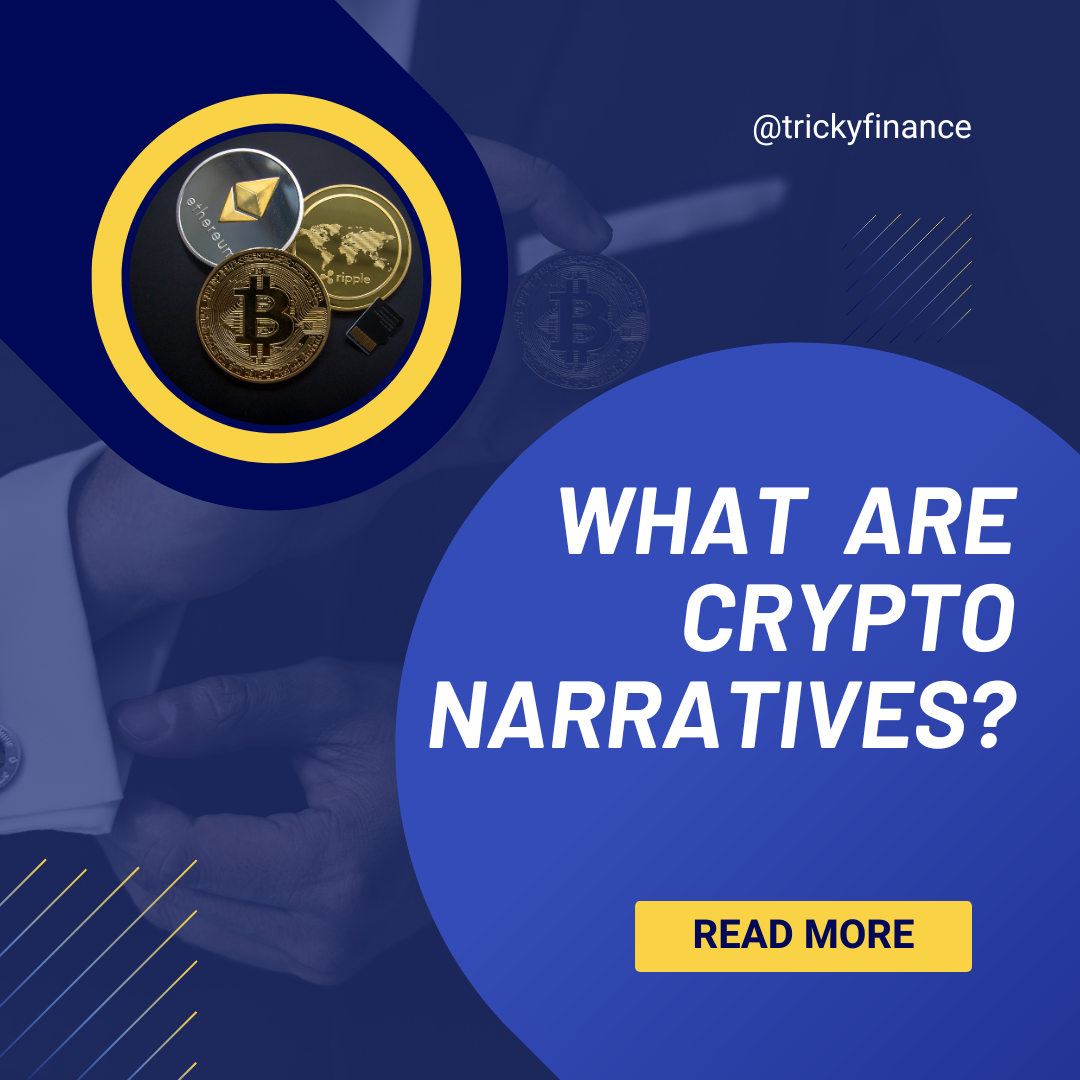Narratives serve as foundational elements that shape perceptions, drive market trends, and influence investor sentiments. These narratives are not mere stories; they represent the collective consciousness of the crypto community, embodying beliefs, ideologies, and visions for the future of decentralized finance. As we navigate through the complexities of the crypto landscape, it becomes imperative to unravel the threads of these narratives and understand their significance.

The Essence of Crypto Narratives
Crypto narratives are the lifeblood of the crypto community, emerging from various sources such as technological innovations, market dynamics, and societal trends. They provide a guiding framework for comprehending the intricacies of blockchain technology and its diverse applications in the modern world.
Evolution of Crypto Narratives
Since the inception of Bitcoin in 2009, crypto narratives have undergone a significant evolution, mirroring the growth and maturation of the industry. Initially, Bitcoin was hailed as a tool for financial liberation, championing decentralization and autonomy from traditional financial institutions. However, as the crypto ecosystem expanded, new narratives emerged, reflecting the multifaceted nature of blockchain technology.
Key Crypto Narratives
1. Decentralization and Financial Empowerment
At the heart of many crypto narratives lies the principle of decentralization. Bitcoin’s narrative of financial empowerment resonates with individuals seeking sovereignty over their financial assets, free from centralized control.
2. Digital Gold and Preserver of Value
Bitcoin’s portrayal as digital gold has gained momentum, positioning it as a safeguard against inflation and economic uncertainty. This narrative underscores Bitcoin’s scarcity and its potential to serve as a store of value in turbulent times.
3. Ethereum and Smart Contracts
Ethereum introduced a new narrative centered around smart contracts and decentralized applications (DApps). This narrative expands the utility of blockchain beyond transactions, enabling programmable contracts and decentralized platforms across various sectors.
4. Decentralized Finance (DeFi)
The emergence of DeFi has ushered in a new narrative focused on democratizing access to financial services. DeFi narratives emphasize the elimination of intermediaries, offering lending, borrowing, and trading opportunities to a global audience.
5. Non-Fungible Tokens (NFTs)
NFTs have sparked a narrative surrounding digital ownership and creativity, enabling the tokenization of unique digital assets such as art, music, and collectibles. This narrative highlights blockchain’s potential to revolutionize the art and entertainment industries.
Top Crypto Narratives for 2024
Evaluating Crypto Narratives
While crypto narratives drive innovation and adoption, they also pose risks. It’s crucial to critically assess these narratives, considering factors such as technological feasibility, market dynamics, and regulatory implications. Investors should exercise caution and conduct thorough research before basing investment decisions on crypto narratives.
Conclusion
Crypto narratives form the cornerstone of the crypto ecosystem, shaping perceptions, fostering innovation, and influencing market dynamics. As the industry continues to evolve, new narratives will emerge, reflecting the ever-changing landscape of blockchain technology. By understanding and evaluating these narratives, we can navigate the complexities of the crypto market and unlock the full potential of decentralized finance.
Ultimately, crypto narratives are not just stories—they are catalysts for change, driving us towards a future where financial sovereignty and technological empowerment are within reach for all.
Princy Agarwal, a postgraduate in English from Delhi University, writes content for Tricky Finance, where they simplify complex financial topics for readers. With a knack for clear communication, Princy’s work helps make finance understandable and accessible to all.




